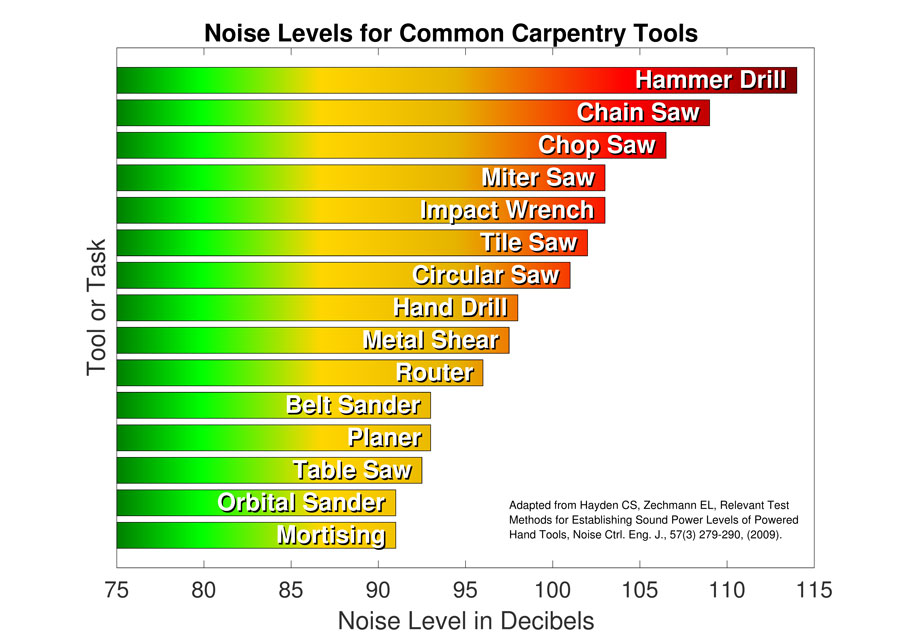Pacific Sound Control Featured Case Study
Pacific Sound Control was recently featured as a case study in a Noise Barriers webinar focused on their QuietSlide product line – watch the webinar below to see how we installed Noise Barriers QuietSlide sliding doors at an airport police facility in Southern California.
Scientists can detect asymptomatic COVID-19 by analyzing the acoustics of coughs with artificial intelligence
Read more at ABC7 – https://abc7news.com/mit-covid-test-app-cough-19-research-study/7583846/
Watch Noise Barriers build and test a Dyno Room with Real Street Performance

Tired of noise barriers you can’t see through? Sound Seal offers Clear Vinyl Flexible Noise Barriers to block the sound but not your view.

Did You Know – Sound Seal Acoustical Boards are made with 70% recycled materials?

Sound Seal’s got you covered during COVID-19 with online Continuing Education Units (CEUs)

Ouch, My Ears Hurt! – Patients Complain of Hospital Noise
In 2012, Medicare began using patient satisfaction surveys to determine hospital reimbursement. Patients often give the lowest ratings to noise levels during their stay – for good reason! Studies show that elevated noise levels affect sleep, blood pressure, wound healing, and pain management. Some noise reduction strategies are simple, such as closing doors, implementing quiet hours, and reducing medical alarms in the patients’ rooms. For hospitals looking to take their noise control to the next level, an investment of $50,000 in architectural noise control products can result in $150,000 of increased Medicare reimbursements over three years.

Kwik-Wall offers 180 color options for their Operable Wall products

OSHA Celebrates 50 Years in 2020
In 1970, President Richard Nixon signed the Occupational Health and Safety Act (OSHA) into law. OSHA was created to ensure safe working conditions for the nation’s blue-collar workforce. OSHA’s early protections included asbestos, lead, and carcinogens. In the 1980s, noise exposure was included in the list. Today, employers are required to provide hearing protection to their workers if noise exposure is above the OSHA permissible exposure limit (PEL) of 90 dBA for an 8-hour workday. An increase of just 5 dBA to 95 dBA lowers the permissible exposure time to just 4 hours. The National Institute of Occupational Safety and Health (NIOSH), has more strict recommendations such as 85 dBA for an 8-hour day, but employers are not required by law to follow them. Many common construction tools operate at above the recommended levels for both OSHA and NIOSH (see below image via CDC).


Can you hear your Valentine? Restaurant noise can ruin your romantic evening.

Radio Broadcast install underway in Miami
Radio Broadcast install underway in Miami
Technical education on barriers and absorbers with Sound Seal’s Video series….
Sound Seal Composite Enclosures – In-plant Noise Killer



Recent Comments